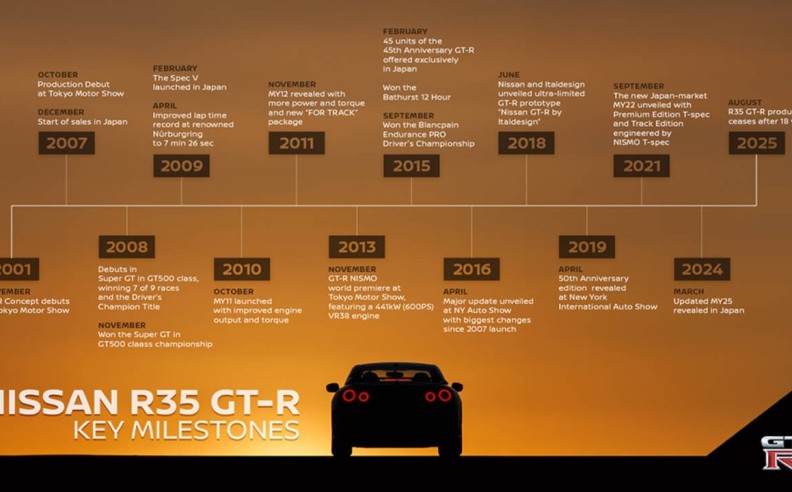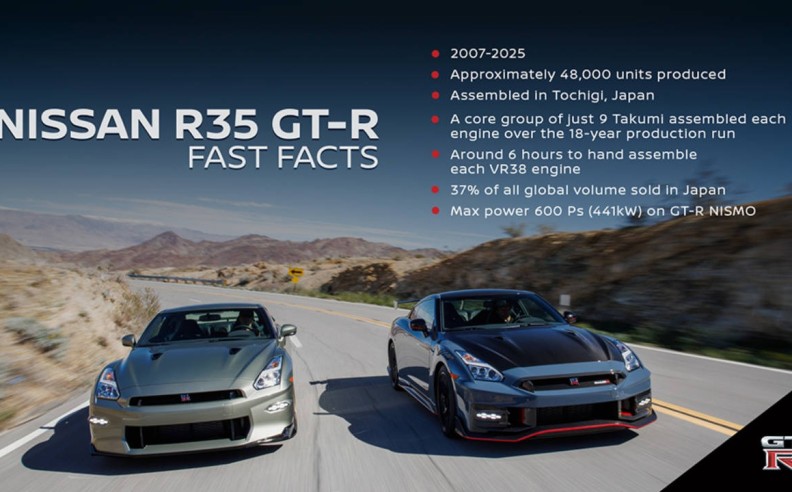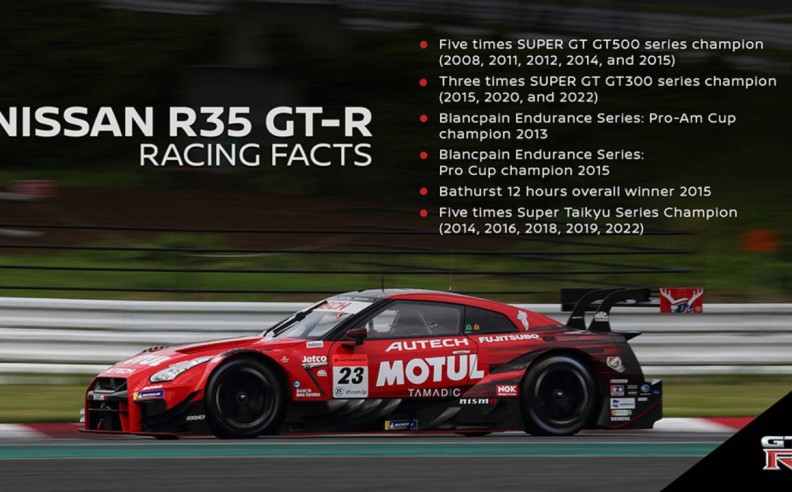

The Nissan R35 GT R has officially reached the end of its production run, closing an 18 year chapter that began in 2007. The final car, a Premium T Spec finished in Midnight Purple, rolled out of the Tochigi plant in Japan as the last example of one of the most celebrated performance icons. With about 48,000 units built worldwide, the R35 has secured its place in automotive history while Nissan prepares for the arrival of the next generation.

The GT R debuted with a 473hp twin turbo V6 that set new standards for performance cars in its class. Over the years, Nissan refined the VR38DETT engine to deliver 562hp in later models and up to 592hp in the NISMO version. Every engine was hand built by a Takumi craftsman, with each unit carrying a plaque signed by its builder to highlight the precision and care involved. Beyond straight line power, the R35 continuously evolved with updates to its drivetrain, aerodynamics, and ride comfort, making it as capable on daily roads as it was on the track.

From its earliest years, the GT R proved itself as more than just a fast road car. It set a Nürburgring lap time of 7 minutes 38 seconds shortly after launch, later improving to 7 minutes 8.679 seconds in 2013 with the NISMO model. These results placed it among the fastest production cars of its era, and it continues to be ranked among the top even today with under 600hp. In 2016, the GT R set a Guinness World Record for the fastest drift, reaching more than 300 km per hour at a 30 degree angle. In Japanese motorsport, it dominated Tsukuba Circuit with sub one minute laps and carried its reputation across global racing series.

Nissan has confirmed that the GT R story is far from over. Work is already underway on the next generation, often referred to as the R36. Although official details remain limited, reports suggest it may adopt hybrid technology to combine raw performance with modern efficiency. The launch is expected toward the end of the decade, giving fans hope for a new chapter that honors the heritage of the R35 while addressing the demands of the future. For enthusiasts worldwide, the GT R remains more than just a car, it is a symbol of engineering ambition that continues to evolve.
Why did Nissan stop producing the R35 GT R?
Nissan ended R35 production after 18 years to make way for the next generation GT R that will meet new performance and environmental standards.
How many Nissan R35 GT Rs were built?
Around 48,000 units were produced between 2007 and 2025, making it one of the longest running generations in Nissan history.
What was the final R35 GT R model produced?
The last car built was a Premium T Spec finished in Midnight Purple, destined for a customer in Japan.
Will there be a new Nissan GT R after the R35?
Yes, Nissan has confirmed development of the R36. It is expected to launch by the end of the decade and could feature hybrid technology.
What engine powered the R35 GT R?
The R35 used the VR38DETT twin turbo V6, hand built by Takumi craftsmen. Power ranged from 473hp at launch to 592hp in the NISMO edition.

Started my career in Automotive Journalism in 2015. Even though I'm a pharmacist, hanging around cars all the time has created a passion for the automotive industry since day 1.

